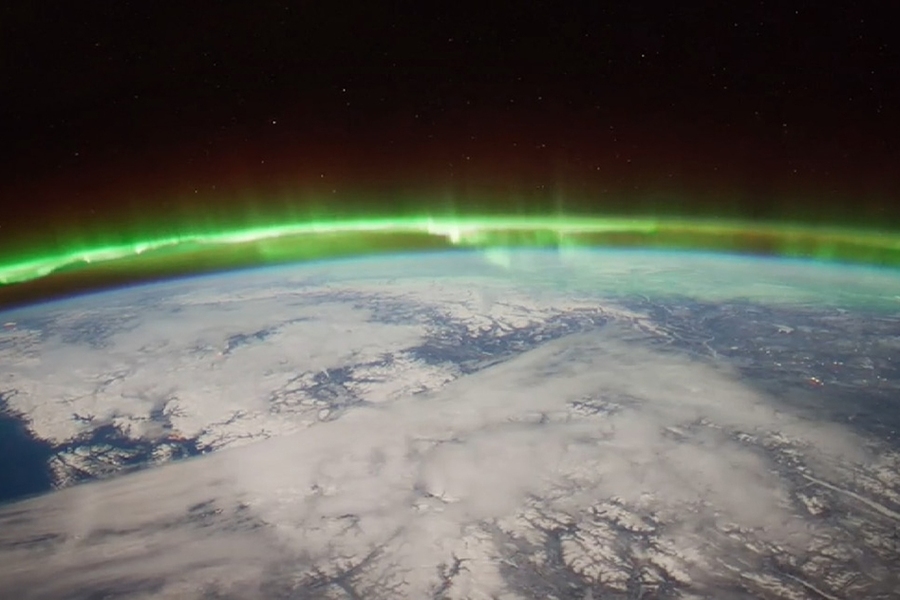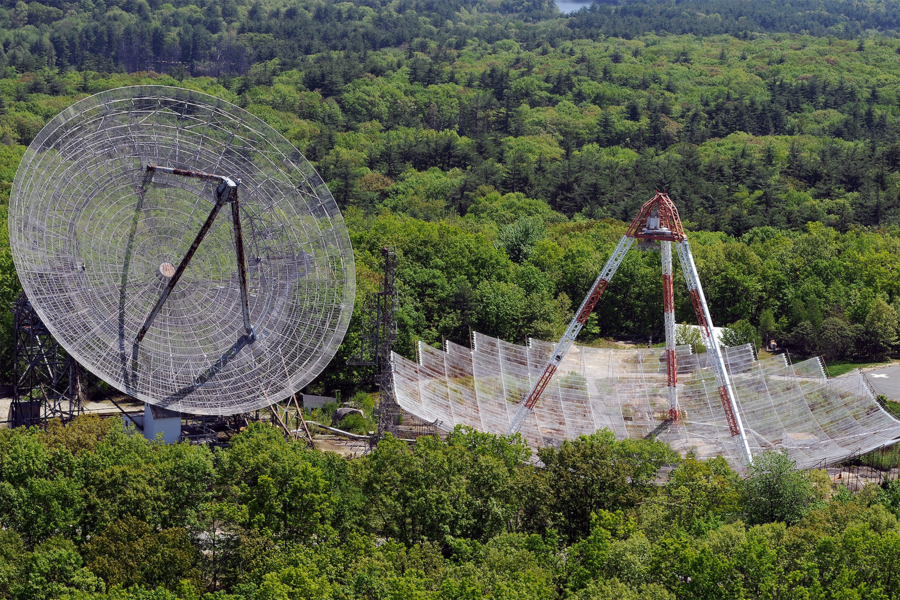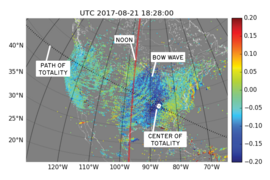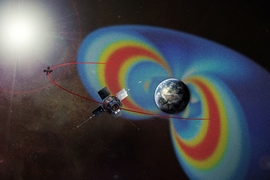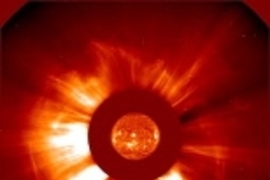Forecasting space weather is even more challenging than regular meteorology. The ionosphere — the upper atmospheric layer containing particles charged by solar radiation — affects many of today’s vital navigation and communication systems, including GPS mapping apps and airplane navigation tools. Being able to predict activity of the charged electrons in the ionosphere is important to ensure the integrity of satellite-based technologies.
Geospace research has long established that certain changes in the atmosphere are caused by the sun’s radiation, through mechanisms including solar wind, geomagnetic storms, and solar flares. Coupling effects — or changes in one atmospheric layer that affect other layers — are more controversial. Debates include the extent of connections between the layers, as well as how far such coupling effects extend, and the details of processes involved with these effects.
One of the more scientifically interesting large-scale atmospheric events is called a sudden stratospheric warming (SSW), in which enormous waves in the troposphere — the lowermost layer of the atmosphere in which we live — propagate upward into the stratosphere. These planetary waves are generated by air moving over geological structures such as large mountain ranges; once in the stratosphere, they interact with the polar jet streams. During a major SSW, temperatures in the stratosphere rise dramatically over the course of a few days.
SSW-induced changes in the ionosphere were once thought to be daytime events. A recent study led by Larisa Goncharenko of MIT Haystack Observatory, available online and in the forthcoming issue of the Journal of Geophysical Research: Space Physics, examined a major SSW from January 2013 and its effect on the nighttime ionosphere. Decades of data from the MIT Millstone Hill geospace facility in Westford, Massachusetts; Arecibo Observatory in Puerto Rico; and the Global Navigation Satellite System (GNSS) was used to measure various parameters in the ionosphere and to separate the effect of the SSW from other, known effects.
The study found that electron density in the nighttime ionosphere was dramatically reduced by the effects of the SSW for several days: A significant hole was formed that stretched across hemispheres from latitudes 55 degrees S to 45 degrees N. They also measured a strong downward plasma motion and a decrease in ion temperature after the SSW.
“Goncharenko et al. show clearly that lower atmospheric forcing associated to the large meteorological event called an SSW can also influence the low- and mid-latitude ionosphere,” says Jorge L. Chau, head of the Radar Remote Sensing Department at the Leibniz Institute of Atmospheric Physics. “In a way the connection was expected, given the strong connectivity between regions; however, due to other competing factors, lack of proper data, and — more important — lack of perseverance to search for such nighttime connections, previous studies have not shown such connections — at least not as clear. The new findings open new challenges as well of opportunities to improve the understanding of lower atmospheric forcing in the ionosphere.”
These significant results from Goncharenko and colleagues are also featured as an AGU research highlight in EOS.
Understanding how events far away and in other layers of the atmosphere affect the ionosphere is an important component of space weather forecasting; additional work is needed to pin down the precise mechanisms by which SSWs affect the nighttime ionosphere and other coupling effects.
“The large depletions in the nighttime ionosphere shown in this study are potentially important for near-Earth space weather as they may impact how the upper atmosphere responds to geomagnetic storms and influence the occurrence of ionosphere irregularities,” says Nick Pedatella, scientist at the High Altitude Observatory of the National Center for Atmospheric Research. “The observed depletions in the nighttime ionosphere provide another point of reference for testing the fidelity of model simulations of the impact of SSWs on the ionosphere.”
